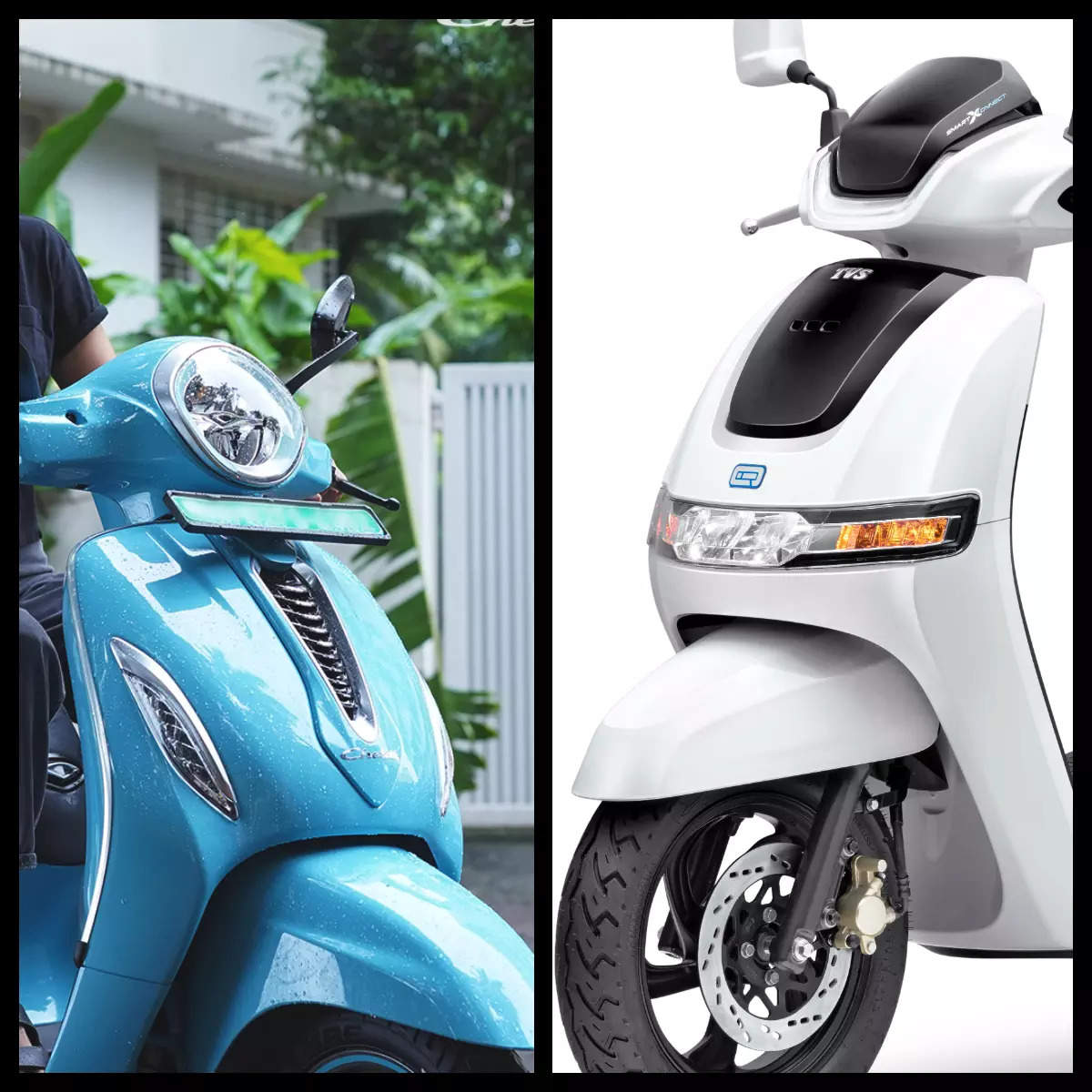
Mumbai: The electric vehicle revolution is gathering pace in India, the world’s largest two-wheeler market.
Even as startups like Ola Electric and Ather Energy disrupt the electric vehicle space, legacy two-wheeler makers Hero MotoCorp, Bajaj Auto, TVS Motor and Honda Motorcycle & Scooter India are readying up or have defined an aggressive roadmap to keep lead and ride on the increasing popularity of clean vehicles.
ET learns, beyond joint projects with global EV major Gogoro with swappable battery solution, Hero MotoCorp is ready with its first electric scooter — developed at its Tech Centre in Germany — for launch by March.
Internally called ACPA, the project has been developed keeping the needs of both Indian and global customers in mind, said people in the know. In the first year of launch, Hero is eyeing modest volumes, but it expects the model to sell 150,000-200,000 units a year in the mid to long term. This will be first among the portfolio of offerings the country’s largest two-wheeler maker is working on.
Over a dozen and half models are under works from the likes of Hero, Bajaj, TVS and Honda. Investments of close to a billion dollars have been committed cumulatively by these companies in the coming five years.
Bajaj Auto is readying a portfolio of two-wheelers beyond its Chetak e-scooter and is setting up a half-a-million-unit dedicated EV plant at Akurdi in Pune district. Rival TVS Motor has allocated Rs 1,000 crore for the EV business and is planning to launch half a dozen electric vehicles.
Honda Motorcycle & Scooter India, the local unit of Japan’s Honda Motor, too has put its hat in the fray and will be introducing its e-scooter next financial year.
This action happens at a time when Ola Electric has committed a Rs 2,400 crore investment to set up the world’s largest electric scooter manufacturing plant in Hosur with a capacity of 10 million units a year. The SoftBank-backed firm aims to make India a manufacturing hub for electric vehicles.
Both Bajaj and TVS will be operating out of their separate subsidiaries. The projects at Hero are currently steered through Emerging Mobility Business Unit, which was formed in 2019.
A Hero MotoCorp spokesperson confirmed the EV launch plan of March 2022, across multiple cities around the globe.
The spokesperson said the company is adopting a multi-pronged approach towards EVs. Apart from developing its own products, there are multiple workstreams with Gogoro and Ather which will help the brand accelerate its presence in the EV space.
“We continue to foster innovation that will enable us to have a range of electric products across segments in the broader mobility space. Through our strong spirit of collaboration, we shall be able to make a significant impact around the globe with our electric mobility solutions. In line with our aggressive plans, we are aiming for global leadership in EVs by 2030,” added Hero spokesperson.
Out of Rs 10,000 crore capex committed by Hero MotoCorp for the next 5-7 years, almost half has been allocated for the “future of mobility”, including for global expansion.
Bajaj Auto is readying a range of vehicles — from electric three wheelers, quadricycles and high-powered motorcycles for Austrian partner KTM. This is apart from developing a range of options on the Chetak scooter platform.
The maker of the Chetak is already ramping up production capacity for EVs, including expansion of retail presence to 30 cities.
Bajaj Auto currently produces around 1,000 units of the Chetak EV scooter monthly and the waiting period for the product ranges 4-5 months. The company can potentially produce 5,000 units a month, but output has curbed due to a shortage in parts supply.
In the post-earnings call with analysts, Bajaj Auto executive director Rakesh Sharma said the company is planning to build capability at the premium end to capture mindshare and the expansion will be volumetric.
“We want to create half a million capacity, but in our case, we don’t need to put in 10 million as we have flex capacity. We will keep a close watch on how transition unfolds and we will drive areas which are beneficial to us and expand capacity as and when required,” he added.
Bajaj Auto has sought clarification from the government on how the benefits under the production-linked incentive scheme can be availed of, so that the company can define the structure of the new EV subsidiary.
On queries on bringing in potential financial investors on board, Sharma had said, “Whether it will be with KTM or with financial investors, these questions we have discussed, and will continue to be discussed. It is early days to conclude on that, but it is very much on the agenda in the boardroom.”














